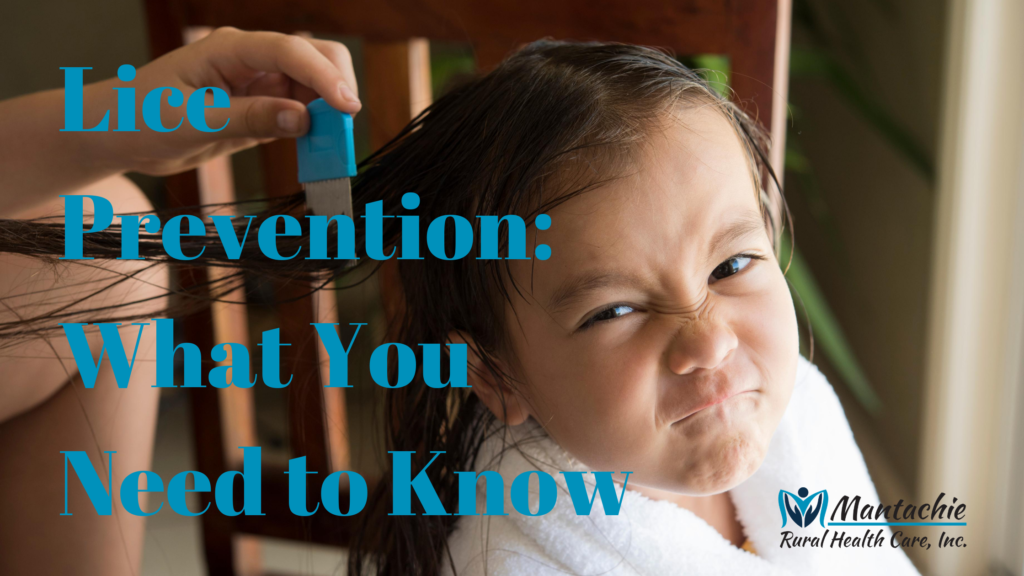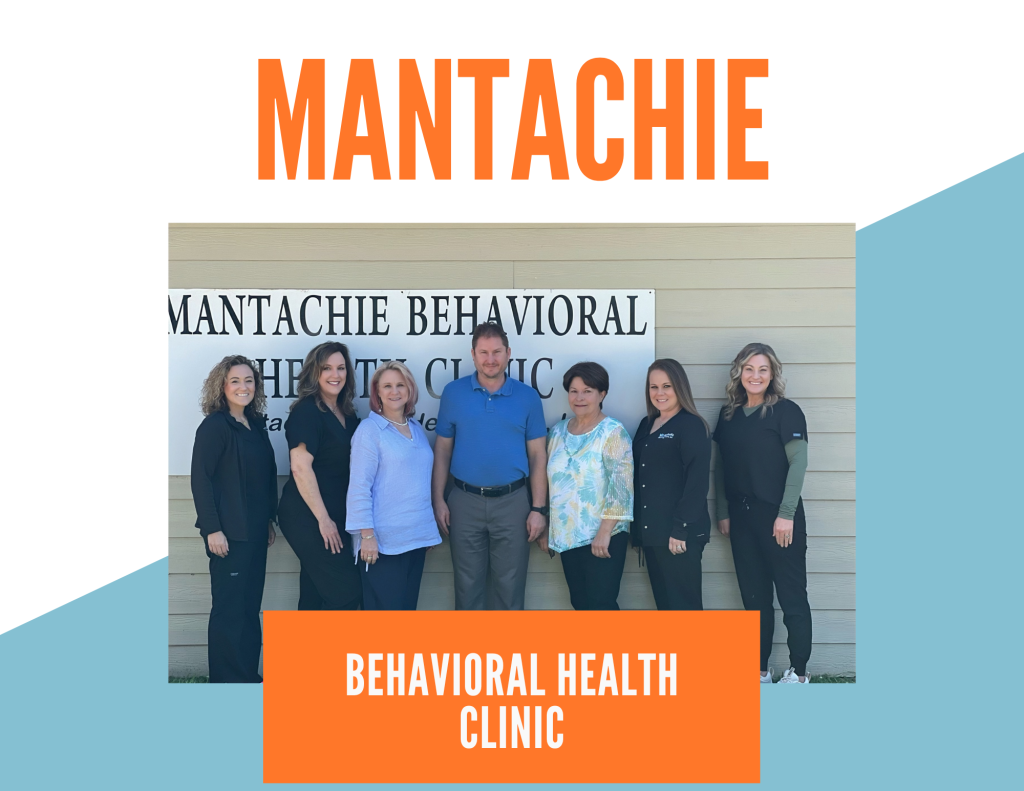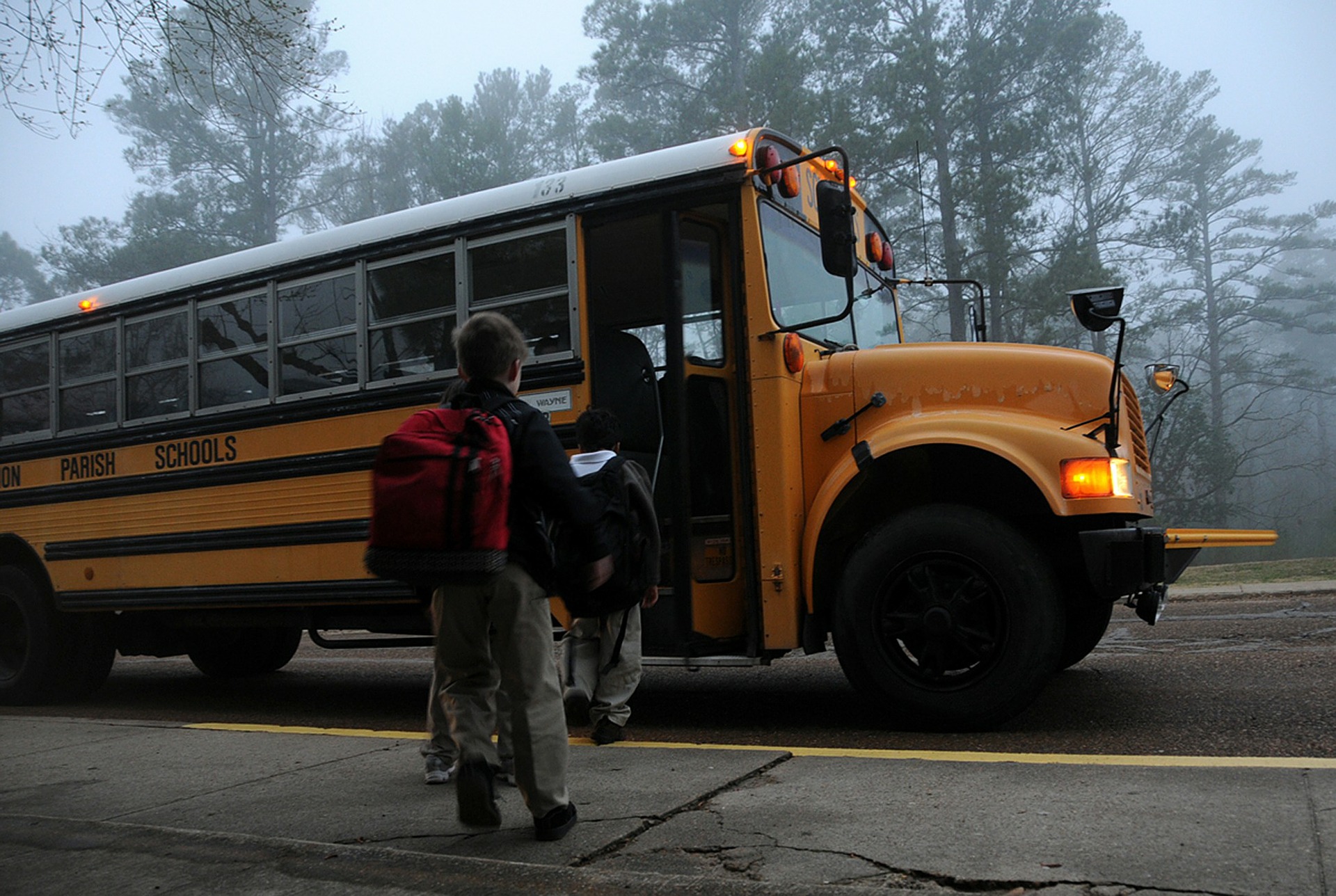
It’s back to school time! Though that may look a bit different this year thanks to COVID-19, other schooltime concerns like head lice haven’t gone away. We hope social distancing will help prevent the spread of head lice this year, but we also know that kids are going to play. Lice tend to find a way to spread. Be prepared in case a head lice infestation finds its way into your home with our prevention tips.
Avoid hair to hair contact.
Sharing hugs and leaning in close to whisper a secret are both off-limits this year because of social distancing. That alone may reduce the spread of lice as well as other illnesses.
Don’t share clothes, hats, or scarves.
Remind your children not to share hats and scarves of their friends at school. If your child arrives home with an infestation, keep your other children from wearing their clothing, or accessories that touch the head. Gather and wash all of your child’s clothing and accessories that have been worn in the days before the infestation.
Don’t share hair tools.
Disinfect hairbrushes, combs, and accessories like hair ties and ponytail holders by soaking them in hot water for at least 5 to 10 minutes. Keep your family from using infested hair tools until they have been properly cleaned.
Avoid lying on furniture, pillows, stuffed toys, and carpet that could be infested.
Be ready to wash pretty much every soft surface your infested child has touched. Don’t allow other family members near those surfaces until they’ve been disinfected. Machine wash sheets, pillows, blankets, clothing, stuffed toys, and other items worn or laid on by the infested person in hot water and machine dry the items on high heat. Vacuum carpets and furniture where the child has laid.
Keep infested children home until they’ve been treated.
Stop the spread of head lice by keeping your kids home until they’ve been successfully treated and all traces of head lice are gone. Remember, your child can get head lice again if the spread isn’t stopped in their classroom.
Worried your child may have a head lice infestation? Click here to contact us now to request an appointment.






